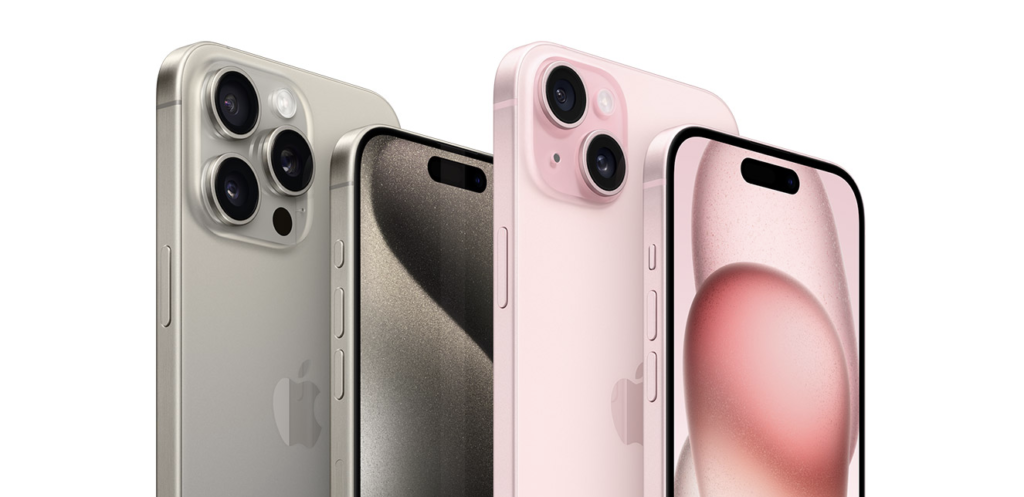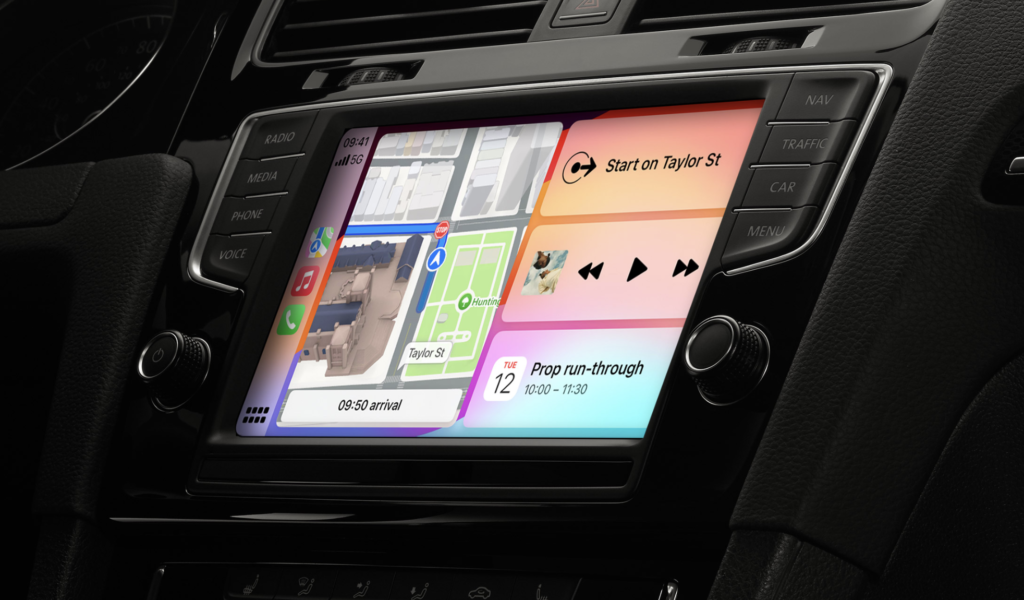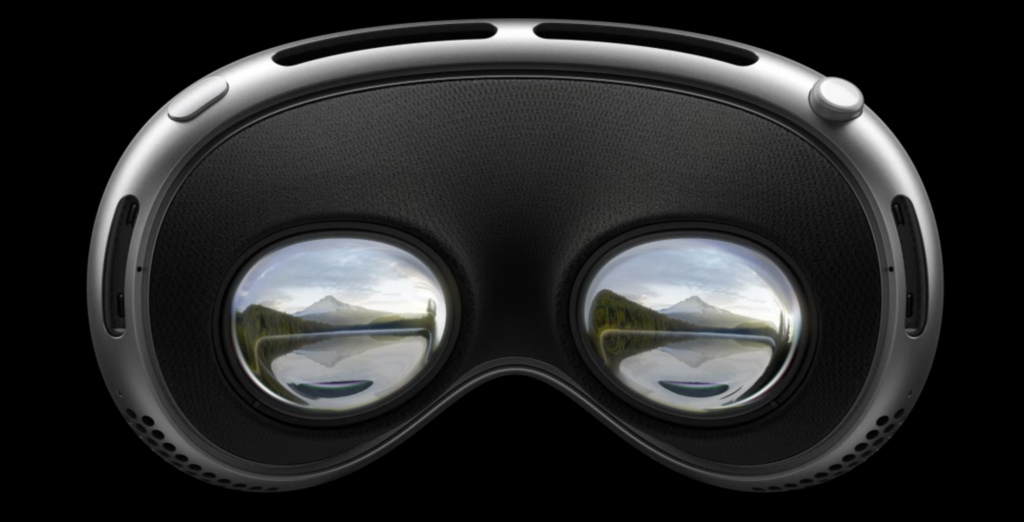While a lot of the attention in Apple’s camp focuses mainly on the company’s newest iPads, the Cupertino tech giant also announced that it was bringing a wealth of accessibility features to its many devices and software platforms. These accessibility features are designed to empower users with disabilities, and come with several innovative functions.
CHECK OUT: It’s iPad Season Again, and Apple’s New Tablets Promise Something Different
Eye Tracking, Music Haptics and Speech

First up, Apple has introduced a new feature called Eye Tracking for iPhone and iPad. This accessibility tool allows users to navigate their device completely using just their eyes and the front-facing camera, which is a rather convenient feature to have. Data privacy is protected as on-device machine learning handles everything, and the best part is that Eye Tracking works across all apps without any additional hardware required.
Another new feature is Music Haptics, which uses vibrations to translate the rhythm and sensations of music for deaf and hard-of-hearing users. Apple says that this feature works with millions of songs already available on Apple Music, and developers can even integrate it into their own apps to expand the reach of this uniquely immersive musical experience.
Speech recognition also got a boost – with Vocal Shortcuts, users can personalize Siri by assigning custom voice commands to launch intricate tasks, making voice control considerably easier. Additionally, speech recognition has been enhanced to better understand users with speech impairments, ensuring everyone can enjoy the convenience of voice control.
On the Road

For users on the road, Apple’s new in-vehicle features adds a new level of comfort to traveling. Passengers prone to motion sickness can take advantage of Vehicle Motion Cues, which displays animated dots on the screen that react to the car’s movement, helping to reduce sensory conflict, and can be set to activate automatically or be manually controlled through the Control Center.
CarPlay also receives an accessibility upgrade with the addition of Voice Control, allowing users to interact with CarPlay and apps completely hands-free. For drivers or passengers who are deaf or hard of hearing, Sound Recognition provides visual alerts for car horns and sirens, keeping them aware of their surroundings. Finally, Colour Filters enhance the CarPlay interface for users with colour blindness, ensuring everyone can navigate their in-car experience with ease.
VisionOS Updates

Finally, Apple also announced new accessibility features specifically designed for its relatively-new VisionOS platform. These include Live Captions that allow users to follow conversations and audio happening in real-time across all apps. FaceTime calls get a boost too, with improved caption control for a smoother video chat experience. For users with low vision, VisionOS now offers accessibility features like Reduce Transparency, Smart Invert, and Dim Flashing Lights to enhance comfort and usability. Additionally, VisionOS expands its support for a wider range of Made for iPhone hearing aids and cochlear processors.
CHECK OUT: Apple’s New M4 Chip Finally Makes its Debut


